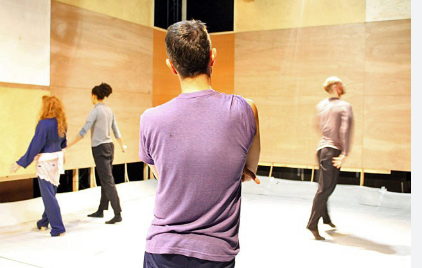How a Ballet Rebel Found His Unique Movement Language
Hubert Essakow’s transformation from company dancer to sought-after choreographer reveals much about the creative process in dance. This deep dive examines the four distinct phases of his artistic development.
Phase 1: The Classical Foundation (2005-2012)
Key Characteristics:
- Strict adherence to ballet vocabulary
- Symmetrical formations
- Narrative-driven works
Notable Early Work:
“Winter Reverie” (2011) – His last purely classical piece before the shift
Phase 2: The Deconstruction Period (2013-2016)
Essakow began breaking ballet conventions:
✓ Temporal Changes:
- Mixed 3/4 and 4/4 time signatures
- Unpredictable phrasing
✓ Spatial Innovations:
- Asymmetrical groupings
- Purposeful “mistakes” in alignment
“I needed to unlearn before I could create” – Essakow on this experimental phase
Phase 3: Fusion Breakthrough (2017-2020)
When Essakow found his signature style:
| Element | Ballet Influence | Contemporary Twist |
| Arms | Port de bras | Broken wrist lines |
| Legwork | Turned-out | Parallel recoveries |
| Jumps | Ballon | Gravity-accentuated landings |
Landmark Work:
“Between Shadows” (2019) – First piece to win both classical and contemporary awards
Phase 4: The Collaborative Era (2021-Present)
Current hallmarks of Essakow’s process:
- Dancer-Generated Material:
- 40% of movement now comes from performers
- Uses “movement interviews” with dancers
- Cross-Disciplinary Approach:
- Works with architects on spatial design
- Collaborates with AI artists for digital backdrops
- Accessibility Focus:
- Creates “touch tours” for visually impaired
- Develops vibration-based versions for deaf audiences
Why This Matters for Dance Fans:
Understanding Essakow’s evolution helps viewers:
- Spot references to his classical roots
- Appreciate his rule-breaking choices
- Anticipate where he might go next
Next Week: We’ll examine Essakow’s controversial “no-music” experiment and why it divided critics.
